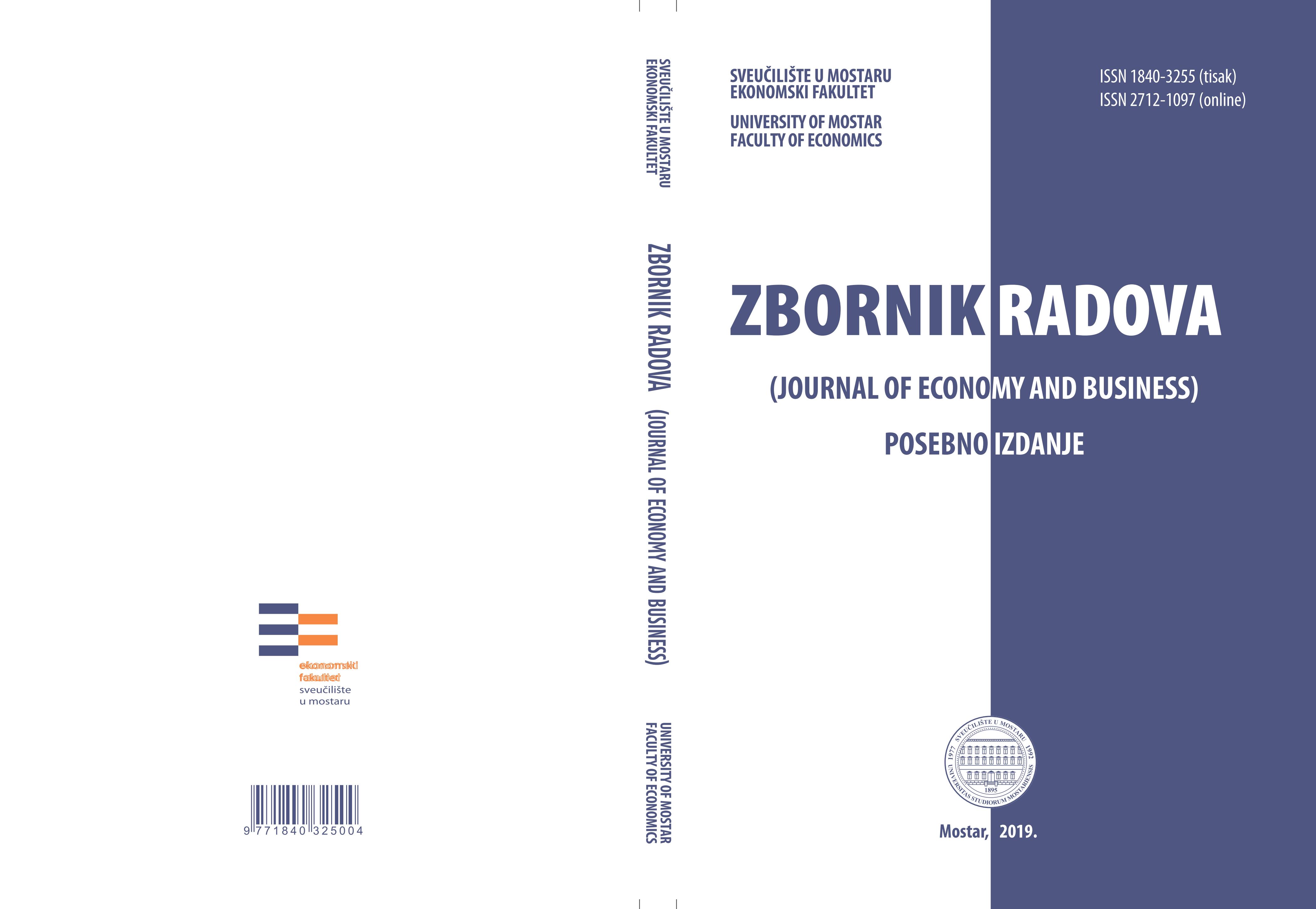OGRANIČENJA U PRIMJENI EBIT I EBITDA MARŽE U MJERENJU USPJEŠNOSTI POSLOVANJA PODUZEĆA
LIMITATIONS IN USING EBIT AND EBITDA MARGIN IN MEASURING COMPANIES' FINANCIAL PERFORMANCE
Author(s): Mateja Brozović, Sanja Sever Mališ, Lajoš ŽagerSubject(s): Economy, Business Economy / Management, Accounting - Business Administration
Published by: Ekonomski fakultet, Sveučilište u Mostaru
Keywords: financial statements; profitability; EBIT margin; EBITDA margin; return on equity;
Summary/Abstract: When discussing a company's business performance, it is common to consider the profit level of the company in relative terms, i.e. as a return on a certain base, indicating the profitability of the company. Depending on the specific situation and need, it makes sense to look at different relationships in the financial statements. Consequently, a relatively large number of different profitability ratios have been developed. Ratios that are very common in practice are EBIT and EBITDA margins. The question is whether these measures are relevant and sufficient indicators of company's profitability and if there are situations where they can lead to the wrong conclusion. In the theoretical part of the paper, authors systematize various ways in which the company's profitability can be measured, with a special emphasis on considering the potential shortcomings of presented measures, which is supported by previous studies in this area. For the research part of the paper, a sample of companies operating in Croatia was formed. Based on their financial statements for 2017, selected profitability ratios were calculated to examine the strength of the correlation between individual ratios. In the process of calculating the correlation coefficients, the original values of ratios were first observed, after which the same procedure was repeated with the company's rankings according to a specific ratio. The research has shown that there is a positive, but extremely weak correlation between EBIT and EBITDA margins (as indicators that are calculated only on the basis of the information presented in the profit and loss account), and the return on assets and return on equity (as indicators that also take into account information from the balance sheet). The differences are most pronounced in case of the companies that are more burdened with debt and have a higher share of fixed assets that are amortized/depreciated. This means that the users of financial statements can reach very different conclusions regarding the profitability of a certain company, depending on which financial ratio they are considering. EBIT and EBIT margins are in this context only partial performance indicators, since they potentially exclude a significant portion of the company's expense, and do not take into account the role of asset turnover rate in increasing profitability. Their use is therefore limited, and it is advisable to combine them with more comprehensive profitability ratios.
Journal: Zbornik radova
- Issue Year: 2019
- Issue No: Special
- Page Range: 38-61
- Page Count: 24
- Language: Croatian

